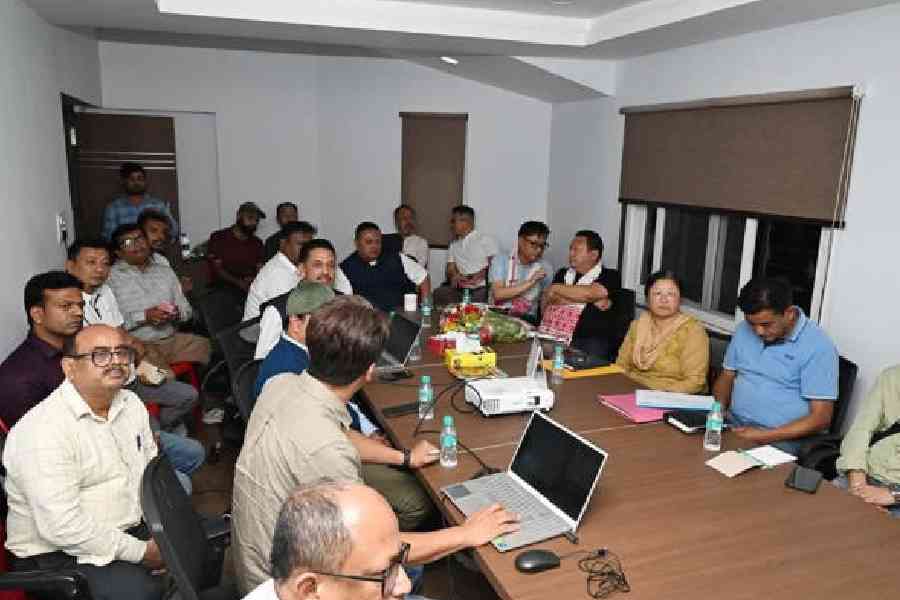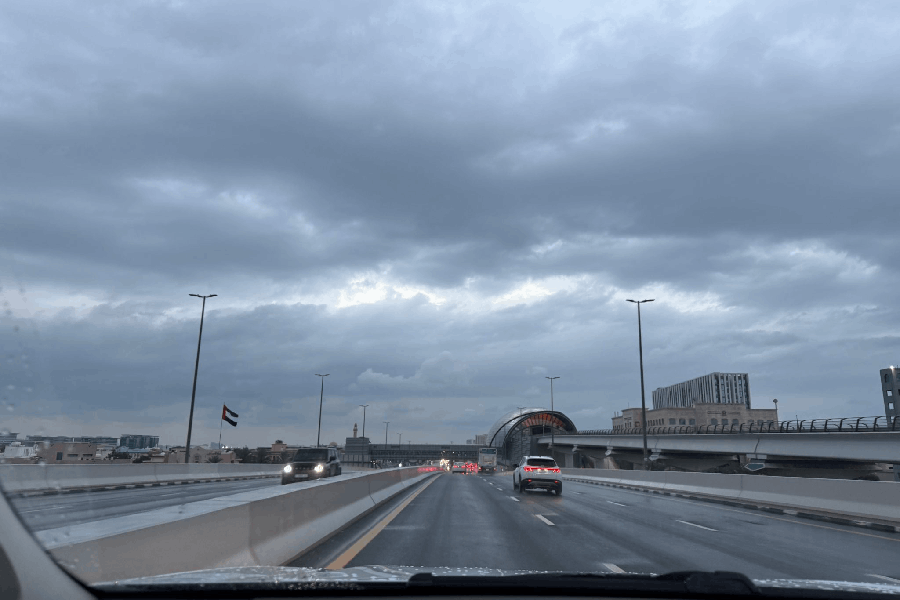The Gorkhaland Territorial Administration (GTA) has decided to collaborate with the Brahmaputra Board for springshed management in order to mitigate the increasing water crisis in mountain areas.
Springshed management involves monitoring and managing the area that feeds a spring, including facilitating ways for better groundwater recharge and protecting the spring’s ecosystem.
“Today (Sunday), I had the privilege of chairing a significant meeting at the GTA office at Pintail village (in Siliguri subdivision) with representatives from the Brahmaputra Board, including officials, engineers and experts alongside our GTA irrigation department team,” said Anit Thapa, the GTA chief executive. “The meeting focused on exploring sustainable solutions to manage and conserve our vital water resources.”
The Brahmaputra Board operates under the Union ministry of Jal Shakti (formerly the ministry of irrigation). It was set up for sustainable development and equitable utilisation of the Brahmaputra river’s resources.
The board’s domain includes the entire Brahmaputra and Barak valleys, including parts of the Northeast and the northern part of Bengal falling under the Brahmaputra basin.
“During the meeting, issues of drying springs in our mountain areas were deliberated,” said a GTA official.
The board and the GTA have decided to conduct a survey of springs in the region and plan ways to rejuvenate them.
In the hills, springs are a major source of drinking water.
The two lakes in Darjeeling — the North and South Senchel Lakes — which supply drinking water to Darjeeling town are fed by 22 springs. “Over the years, the discharge from some of these springs has gone down,” said a source.
Government sources told The Telegraph that while there is a demand for 6.07 million gallons daily (MGD) in Darjeeling town, the civic body can supply only 1.5 MGD during the lean period.
“Even during the rainy season there is a deficit of 1.27 MGD in Darjeeling town,” said a source. This despite the fact that the average annual precipitation in Darjeeling is around 3,100mm, much higher than the average rainfall of Bengal at 1,180mm.
Researchers maintain that many parts of Darjeeling town rely on local springs rather than supply by the civic body, largely because the water distribution system in Darjeeling town does not cover the entire town.
“Darjeeling town has around 90 springs which plays a major role in supplying drinking water to various localities,” said a researcher.
A GTA official stressed reviving such springs across the region.
“It will take time to complete the survey as there are many springs, but we need to act now as many springs are drying up,” said the official.
According to a NITI Aayog report of 2018, there are five million springs across India, of which nearly three million are in the Indian Himalayan Region. Studies estimate nearly half of these perennial springs have become seasonal and some have even dried
up completely.










